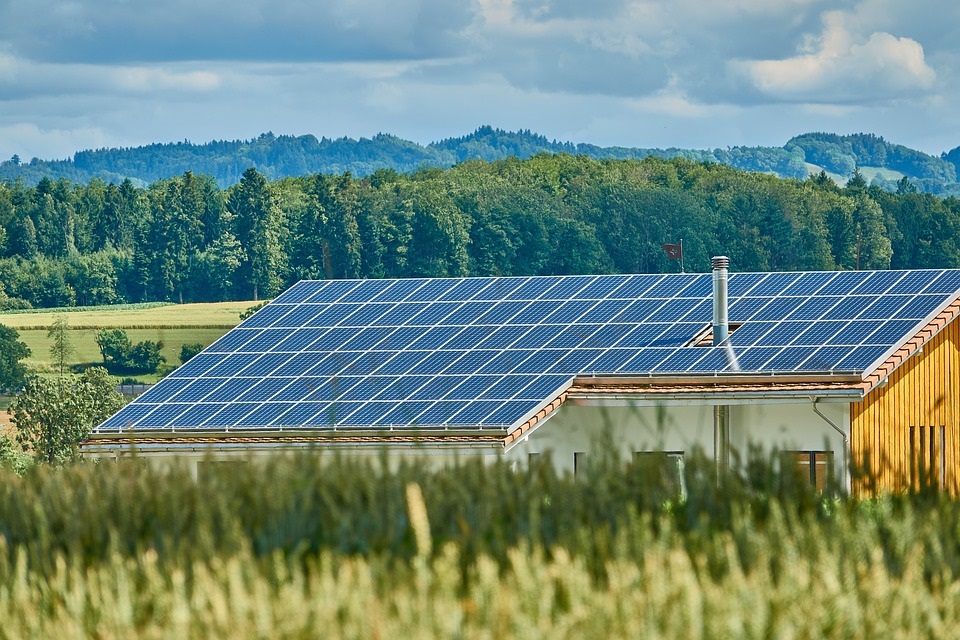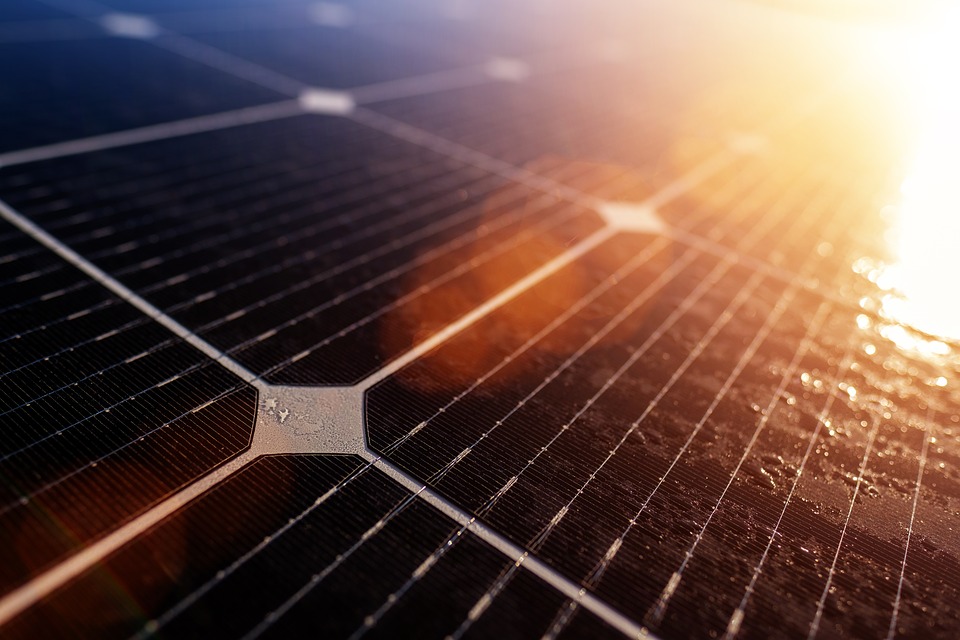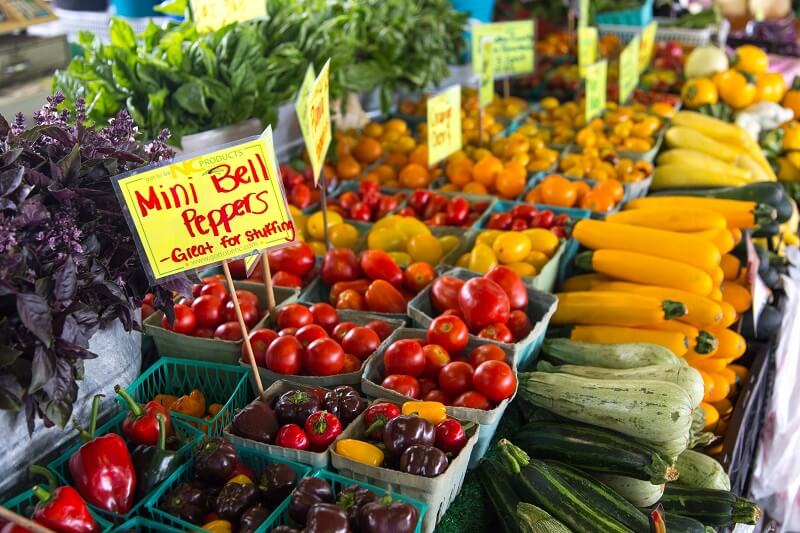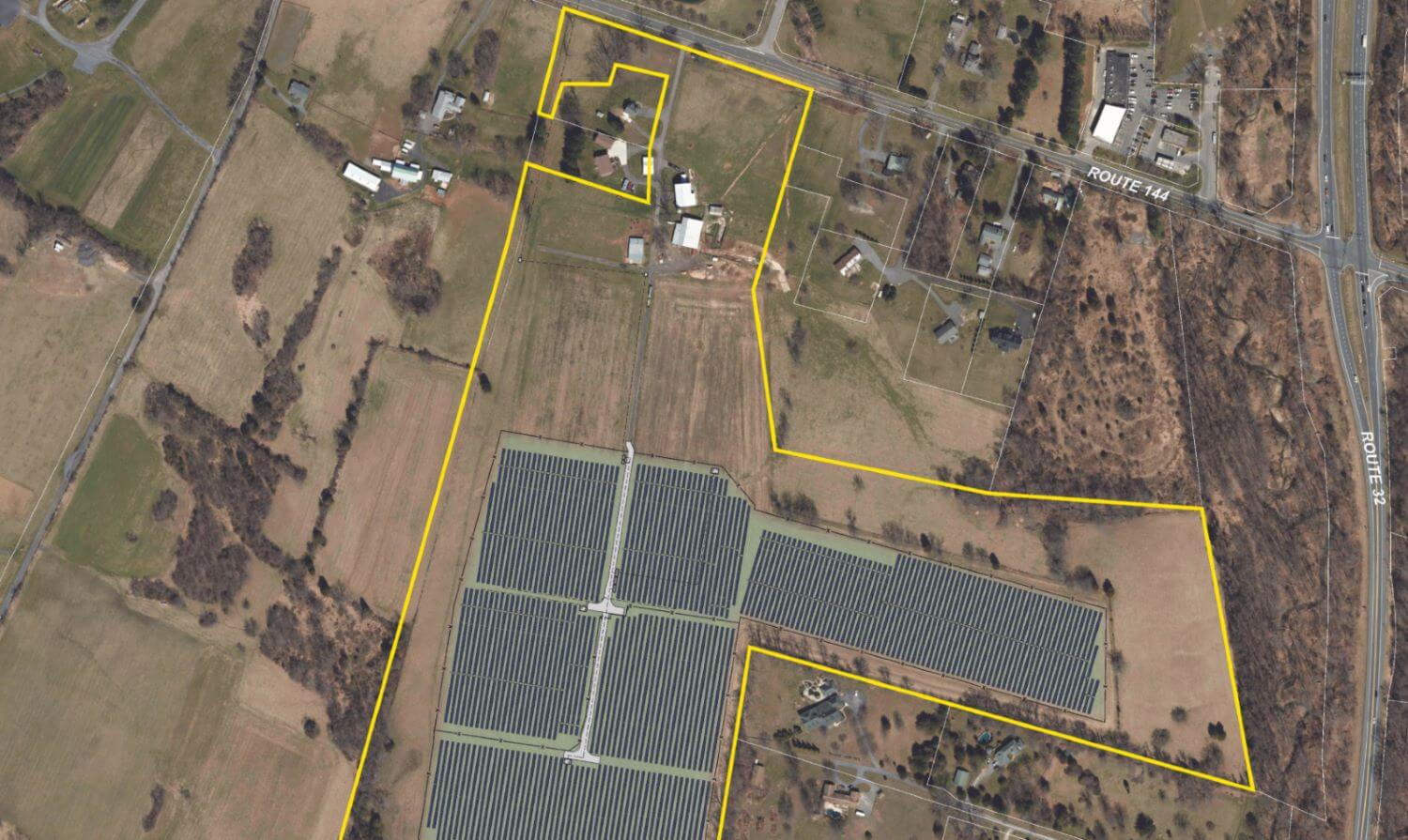
By Tom Croghan
The writer is co-owner of The Vineyards at Dodon in Davidsonville.
As the Maryland General Assembly looks to enact major climate change legislation, it should rethink the permissive land-use policies that now encourage conversion of farmland to solar power generation.
There is little doubt that current agricultural practices negatively impact the climate, accounting for about a quarter of anthropogenic carbon emissions. Rather than directly confronting this problem, many Maryland farmers plan to convert their crops to utility-scale solar arrays, a transition endorsed by environmental groups and elected leaders. However, such an action could further destabilize the state’s already fragile and underperforming food system and contribute to the continuing environmental degradation it seeks to reduce.
From the perspective of energy policy, converting farmland to solar makes perfect sense. There is no question that the state needs to shift rapidly to renewable energy sources. Existing farms offer large tracks of undervalued, open land. Solar installation is accelerated when there are few buildings, roads or occupants to modify or relocate. The resulting land use could also reverse the soil degradation and loss of biodiversity commonly associated with agriculture.
Moreover, about 70% of Maryland farmland is devoted to low-value commodity production like corn, soybeans and wheat. A tiny portion of the resulting crop is processed into food and food additives, such as breakfast cereals, snacks and high fructose corn syrup that are often detrimental to human health. Instead, most Maryland agricultural commodities become feed for the state’s sizeable poultry industry.
However, from a climate policy perspective, substituting solar energy production for crops is problematic. It overlooks the significant potential for agriculture to improve ecosystem resilience and climate stability.
For example, the National Academy of Sciences has estimated that improved agriculture could result in the removal of 250 million tons of carbon dioxide each year in the United States, nearly 20% of the country’s total greenhouse gas emissions.
Loss of agricultural land could also worsen ongoing environmental degradation.
For example, in the absence of a significant change in chicken consumption, poultry producers will purchase feed from alternative sources if solar panels replace Maryland’s commodity production. In the best case, the new supply would come from neighboring sources, with only slight increases in transportation-related costs and carbon pollution.
But there are reasons to believe that this optimistic situation won’t be realized. Nearby regions are also affected by climate change and extreme weather events, such as the 2020 derecho that flattened millions of acres of corn and soybeans. They, too, are making decisions about siting solar production on farmland. And they, too, are losing arable land to soil erosion. Overall, the Fourth National Climate Assessment projects a reduction of up to 25% below current domestic commodity production trends by mid-century.
In a more likely scenario, poultry producers will obtain their feed grain from other countries. After the U.S., China and Brazil are the leading producers of corn in the world. China, however, is a net grain importer and, thus, an unlikely source of feed, leaving Brazil as a likely supplier.
In a possible worst case, poultry producers will purchase their grain from recently deforested regions of Brazil, worsening the carbon dioxide emissions and environmental devastation in the already fragile Amazon.
A more nuanced farmland policy would recognize the importance of both food and renewable energy production and seek ways to optimize both.
In many cases, these policies will result in continued grain production using the regenerative methods that result in improved carbon sequestration and storage, higher crop yields and better nutrition. Solar could still be encouraged when placed on farmland where productive capacity might be limited.
Regenerative methods can also facilitate transition to diets rich in fruits and vegetables while reducing emissions and sequestering carbon.
For example, we use them extensively in our small vineyard. As a result, the soil organic matter has increased by 2% to 3% over the past 10 years, capturing the equivalent of about 270 metric tons of carbon dioxide each year. And because solar panels on a barn provide almost all our electricity, our carbon emissions are limited, chiefly for diesel fuel and glass bottles.
Overall, we estimate that the operation is significantly carbon negative.
In some cases, solar panels can be co-located with crops on working farmlands. These innovative methods are used primarily in animal grazing and vegetable production systems in hot, dry environments. When designed specifically for the intended cropping system, they reduce irrigation needs, maintain or improve yields, and provide shade for crops, livestock and farmworkers, all while producing electricity.
Agriculture and electricity production each generate about 25% of total greenhouse gas emissions. Both systems require transformative change. Substituting solar panels for crops will not solve either problem. It could, however, send them elsewhere.




 Creative Commons Attribution
Creative Commons Attribution